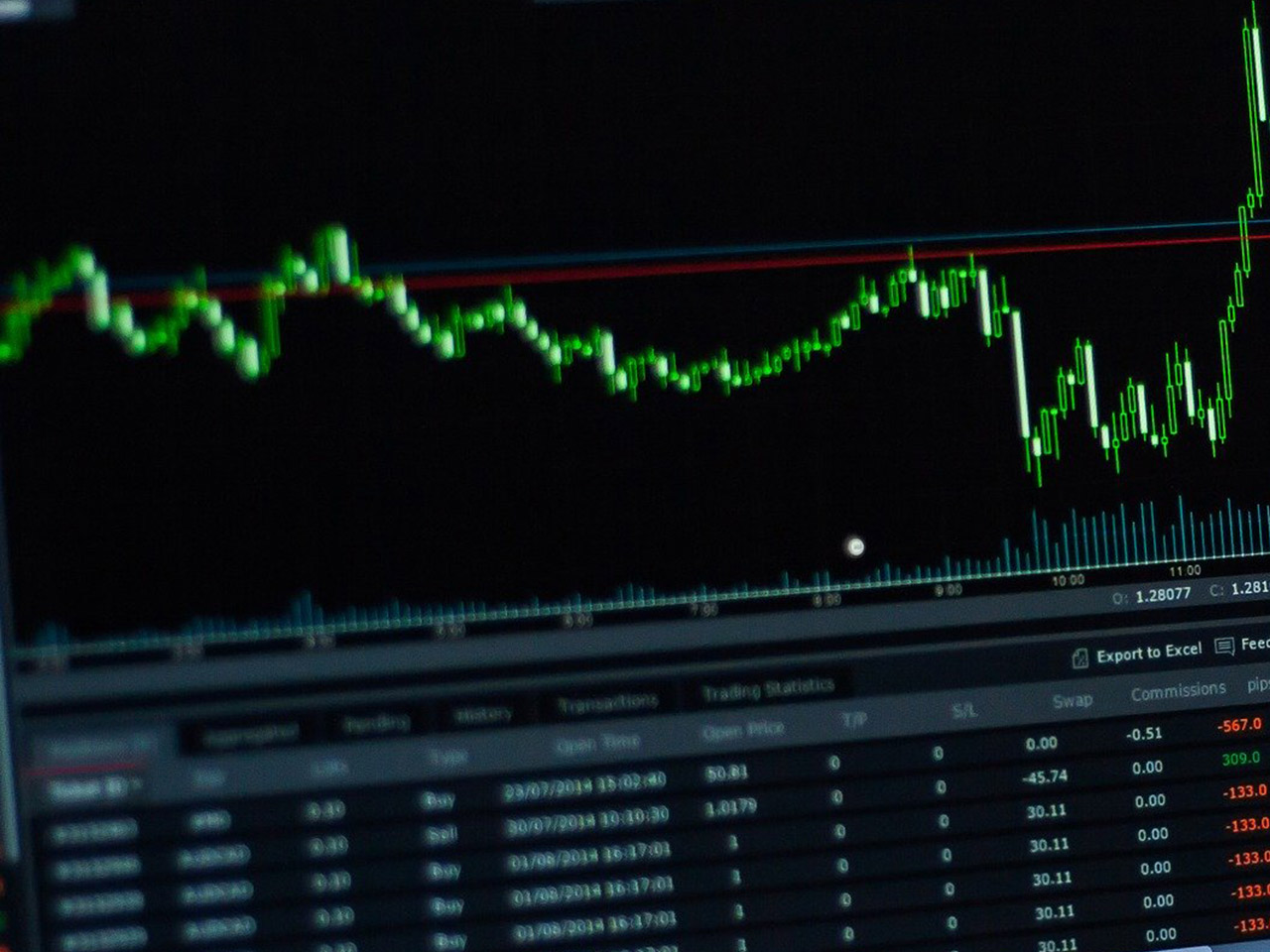Dr. Martens PLC (DOCS.L), renowned for its iconic footwear, stands at an intriguing juncture in the investment landscape. With a market capitalization of $871.43 million, this British stalwart in the Consumer Cyclical sector has been a staple in the Footwear & Accessories industry since its inception in 1945. Investors are keenly eyeing its current valuation and market performance, especially considering the potential 14.93% upside.
The stock is presently trading at 89 GBp, remaining stable with no percentage change noted recently. Over the past year, Dr. Martens has experienced a price range between 47.52 and 99.35 GBp. Interestingly, the company’s forward-looking metrics, such as a Forward P/E of 1,594.41, suggest that the market may have high expectations for future earnings, albeit at a premium.
Despite these anticipations, Dr. Martens has faced challenges. The company posted a revenue decline of 3.80%, indicating a contraction in its top line. However, its free cash flow of over £166 million suggests robust cash management, providing a cushion for strategic investments or shareholder returns.
The company’s dividend yield stands at a notable 2.84%, which is attractive for income-focused investors. Yet, the payout ratio of 368% raises sustainability concerns, hinting that dividends are currently being paid out from reserves rather than earnings. Such a scenario demands investor caution, as it may not be sustainable in the long term without a turnaround in profitability.
Analyst ratings present a mixed sentiment with 3 Buy and 4 Hold ratings, and no analysts recommending a Sell. This balance reflects cautious optimism amid the operational challenges. The average target price is set at 102.29 GBp, indicating a 14.93% potential upside from its current trading price, a figure that could entice growth-oriented investors.
From a technical perspective, Dr. Martens’ 50-day moving average of 91.79 GBp suggests it is trading slightly below its short-term trend. However, its 200-day moving average of 73.26 GBp underscores a longer-term upward trajectory. The RSI (Relative Strength Index) of 57.75 indicates a neutral position, neither overbought nor oversold, while the MACD (Moving Average Convergence Divergence) and Signal Line suggest a bearish trend with the MACD line below the Signal Line.
Investors considering Dr. Martens should weigh the iconic brand’s enduring appeal and cash flow strength against its recent revenue decline and high dividend payout ratio. As the company navigates these challenges, its strategic decisions in marketing, distribution, and product development will be pivotal in capitalizing on its potential upside and stabilizing its financial metrics.
For those willing to embrace the risk, Dr. Martens offers a narrative of potential growth intertwined with classic brand heritage—a combination that could redefine its market standing if managed adeptly.





































